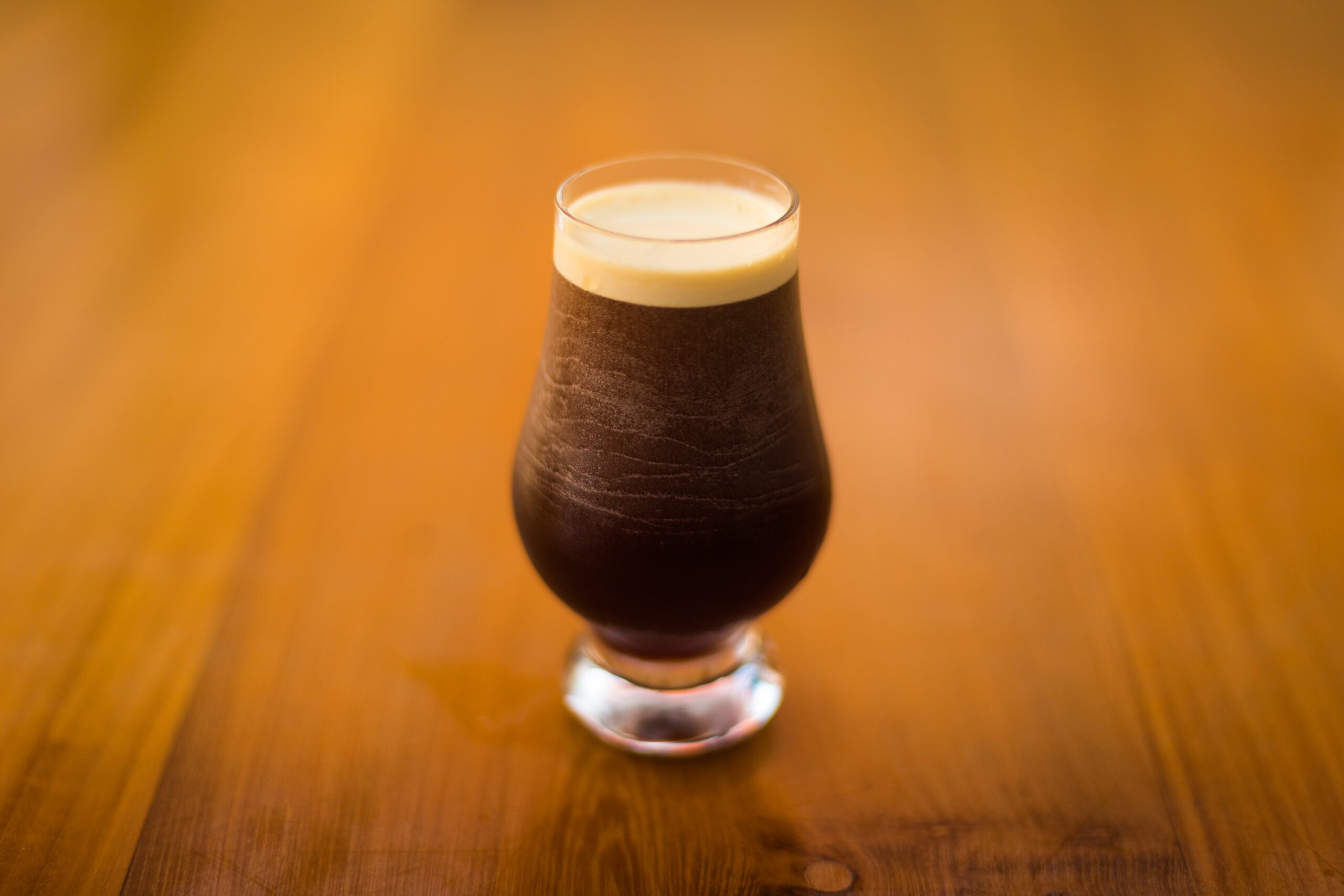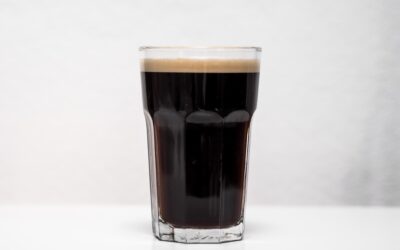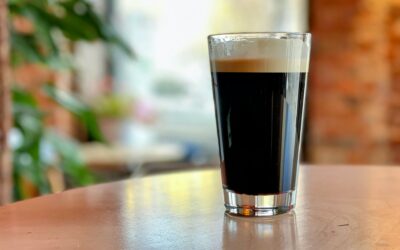Quite how far the tastes of 21st century consumers will go in prompting further revival and a fresh expansion of sub-styles of porter and stout has yet to be seen. A wide variety of new sub-styles are already appearing, featuring added ingredients and variations on barrel-ageing and oak-ageing. Already, for example in Poland, some appear to have staying power.
A skilled brewer can pick ingredients or methods of production that can conjure the flavour and aroma of chocolate, coffee, vanilla, liquorice, or even plum, in a black beer. Others pitch in syrups and essences to try to do the same thing.
For now the subdivision of these beers into specialist styles seems premature, as they represent either a skilfully accented form of an existing style, or else an existing style with stuff put in it. These two concepts appear to be different animals. Watch this space.





